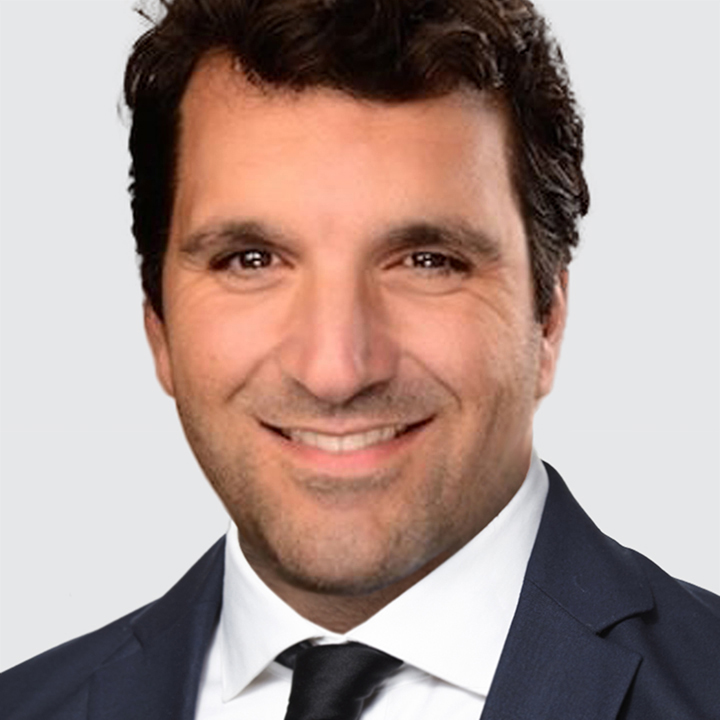Markets Play It Cool
US
Fighting between Israel and Iran is still running hot. President Donald Trump warned “Everyone should immediately evacuate Tehran!” and played down the potential for a ceasefire. USD is mixed just above recent cyclical lows, global equity markets pared back some of yesterday’s gains and crude oil prices are struggling to gain upside momentum.
President Trump cut his G7 trip to Canada short by a day to deal with the ongoing situation in the Middle East. There was no breakthrough in trade talks at the G7 summit. However, according to Canadian Prime Minister Mark Carney, Canada and the US “agreed to pursue negotiations toward a deal within the coming 30 days.”
The focus today is the US May retail sales print (1:30pm London). Consensus sees headline at -0.6% m/m vs. 0.1% in April. The retail sales control group used for GDP calculations, is projected at 0.3% m/m vs. -0.2% in April. Resilient jobs market conditions continue to support retail sales activity.
A fresh update of the Atlanta Fed GDPNow model will also be published today. As of June 9, the Atlanta Fed GDPNow model estimates Q2 growth at 3.8% SAAR. However, the primary driver to Q2 growth remains net exports (+2.04pts), which is not indicative of solid economic activity as it largely reflects a tariff-related plunge in imports.
Overall, the fundamental USD downtrend is intact: (i) we look for a dovish Fed hold tomorrow, (ii) the Trump administration implicitly supports a weaker dollar, (iii) the US economy faces stagflation risk, and (iv) confidence in US trade, fiscal, and security policies has taken a big hit.
JAPAN
USD/JPY is trading in a tight range around 144.80. 10-year JGB yields climbed by roughly 4bps to a high near 1.484% after the BOJ policy decision before retreating to 1.46%.
The Bank of Japan (BOJ) unanimously decided to leave the policy rate at 0.50%, as was widely expected. BOJ Governor Ueda stuck to the guidance of raising rates if the outlook for economic activity and prices will be realized. Ueda also warned that uncertainty over trade policy is very high. There was no updated macroeconomic forecast at this meeting. The next BOJ Outlook Report is due July 31.
The BOJ unveiled a plan to slow the pace of JGB purchases that was broadly in line with expectations. The BOJ will stick to its original July 2024 JGB purchases tapering plan – trimming JGB purchases by about ¥400 billion per quarter through March 2026 for a total of ¥2.9 trillion. From April 2026 to March 2027, the BOJ will reduce the pace of JGB purchases to ¥200 billion per quarter for a total of ¥2.1 trillion. Only one BOJ member (Naoki) voted to continue reducing JGB purchases by ¥400 billion per quarter but was defeated by an 8-1 majority vote.
The BOJ’s next interim bond purchase plan assessment will be at June 2026 policy meeting. In the meantime, the BOJ reiterated that in the case of a rapid rise in long-term interest rates, the Bank will make nimble responses by, for example, increasing the amount of JGB purchases, including additions to the purchase schedule.
The swaps market still implies only 50bps of BOJ rate hikes over the next two years and the policy rate to peak at 1.00%. The BOJ’s cautious normalization cycle is an ongoing headwind for JPY.
EUROZONE
EUR/USD is consolidating around 1.1550. ECB President Christine Lagarde reiterated her message that there is an opportunity for a “global euro moment.” We agree. There is room for the euro to have a stronger weight in the share of foreign exchange reserves held by central banks which is a structural tailwind for EUR:
First, common EU debt issuance is expected to reach nearly €1 trillion by 2026. This will add a substantial amount to the current supply of low-risk assets in the euro area, enhancing the euro’s appeal as a reserve currency.
Second, the ECB appears well on its way to issuing a digital euro to simplify cross-border transactions in the single currency. The draft legislative proposal contains specific provisions on the distribution of digital euro outside the euro area. This could ultimately chip away at the dollar’s dominance as a medium of exchange.
Third, Europe is moving to rebuild hard power. In March this year the EU approved an ambitious €800 billion (5% of GDP) defense package called the ReArm Europe Plan/Readiness 2030. This can enhance the euro area’s diplomatic influence, making trade partners more willing to use the euro in contracts and trade.
The June German ZEW investor economic sentiment survey is due today (10:00am London). The ZEW expectations index is projected to improve to 35.0 in vs. 25.2 in May, reinforcing the recent upward revision to ECB rate expectations and offering EUR support.
CHILE
Chile central bank is expected to keep rates steady at 5.00% (11:00pm London). At the last meeting April 29, the central bank kept rates steady at 5.00% and said “Changes in global trade policy have deteriorated the prospects for global growth, while increasing uncertainty about its future evolution. The magnitude and timing of these effects on the local economy are still uncertain.” The swaps market is pricing in 75bps of easing over the next 12 months that would see the policy rate bottom near 4.25%. The bank’s quarterly inflation report is due tomorrow.

